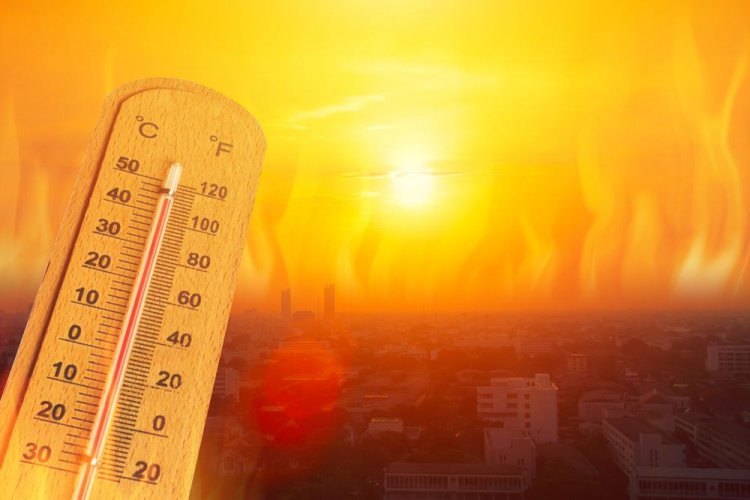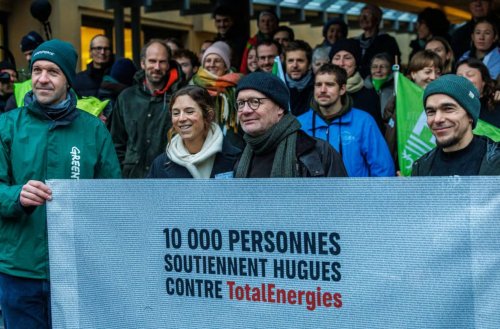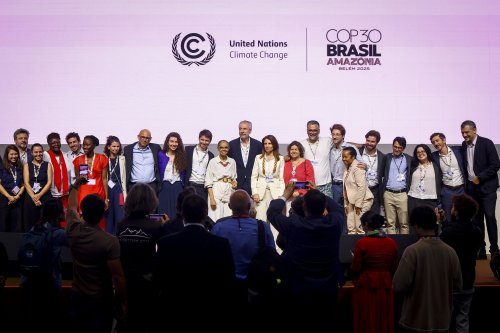Mykolaiv, Lviv and Ivano-Frankivsk regions, together with the Ministry of Environment and Natural Resources of Ukraine, are preparing their adaptation strategies to climate change in a pilot mode.
This was announced by the head of the ministry Ruslan Strelets in the telethon "United News" on the TV channel "We are Ukraine."
He said that certain 3 scenarios are already ready. For them, measures are currently being developed – how to develop and grow in such climatic conditions.
According to the minister, a lot of money is needed to implement such steps. Therefore, one country "will not pull" such changes and it is important to have a common track with other countries. Ruslan Strelets expressed hope for collective work with international partners of Ukraine.
Earlier, EcoPolitic wrote, that June 25 The Cabinet approved National energy and climate plan until 2030. Investment needs for its implementation total from $41.5 billion.
EcoPolitic told that last month became the hottest June in the entire history of observations. Also, some scientists predict that 2024 may become the hottest year for the world.





